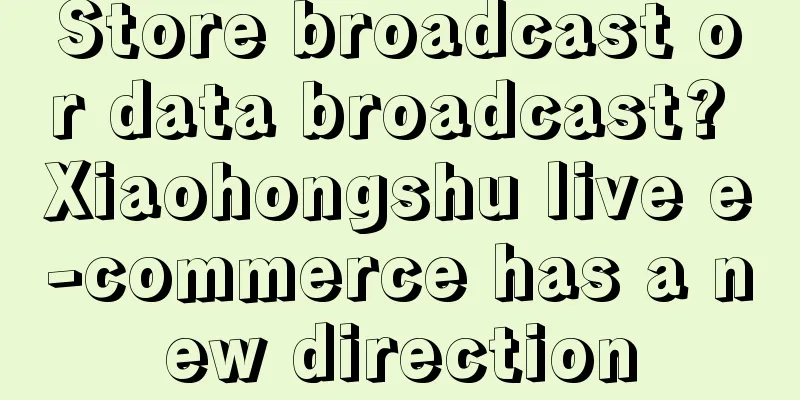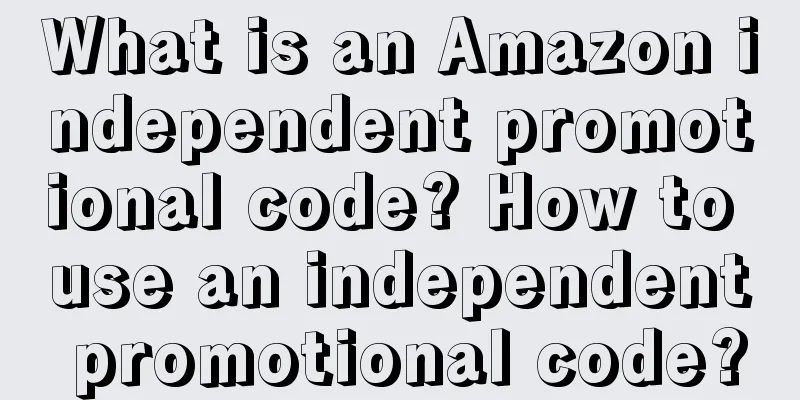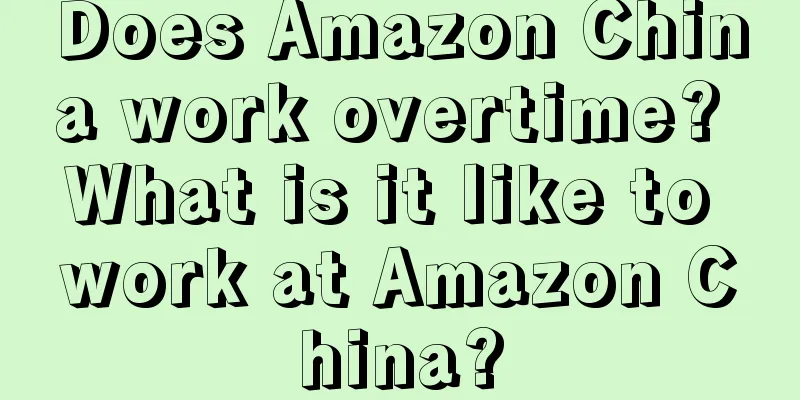Alipay's "effective self-rescue" starts with "one tap"?

With the promotion of Alipay, have you developed the habit of paying by “touch and go”? On July 8, Alipay announced the upgrade of barcode payment and launched "Alipay touch". Users do not need to show the payment code. After unlocking the phone, they can touch the merchant's payment device to complete the payment in the fastest step. In the four months since its release, this "new" payment method has been rapidly promoted in more than 50 cities including Shanghai, Chengdu, Wuhan, Changsha, Hangzhou and Qingdao. Even if it cannot be seen in every store, at least in convenience stores such as Meiyajia, 711 and Lawson that are almost everywhere in the city, the "touch and go" devices are definitely there. So, what benefits did Alipay offer to enable “Touch and Go” to spread so quickly in cities across the country? Why did Alipay promote “Touch and Go” when QR codes are already very convenient? What difficulties and solutions are there? 1. 260 yuan per machine plus 7% commission, Alipay promotion will make you a lot of moneyAs the latest generation of payment method, Alipay has put a lot of effort into promoting the tap-and-go payment method. The most important manifestation of this is that Alipay provides field installation personnel with fairly good immediate compensation and long-term rewards. A Touch service provider told the New Knowledge Research Institute that after the sales staff successfully persuaded the merchants to install Touch payment machines, they can get a total of three different types of immediate income or long-term profits, including startup rewards and sales rewards. The most direct one is the startup reward. The sales staff can choose to collect the goods from the merchant or pay 199 yuan themselves, and then install the Touch product for the merchant free of charge. If there is a normal payment transaction after the installation, they can get a 40 yuan installation reward on the second day. If the merchant uses the Touch traffic normally within one month, they can get another 40 yuan, a total of 80 yuan in startup rewards. In addition to the "one-time deal" such as the power-on bonus, a portion of the payment flow between merchants and consumers based on the sales of completed orders will flow into the pockets of the initial field sales staff. In terms of sales promotion, Alipay has set up three thresholds of 120 orders, 300 orders, and 600 orders. Those who reach these three payment flow thresholds can receive further sales promotion rewards of 40 yuan, 60 yuan, and 80 yuan respectively. Image source: provided by Touch Agent However, although the sales promotion rewards are also given out in stages, the fixed number and quota of rewards also determine that, like the installation rewards, they are all "one-time" income, so the other party only briefly introduced the amount of the reward and talked about the third type of income that relies on cash flow to make money. According to him, Alipay supports "advance spending" such as credit cards and Huabei, for which the government will charge a certain fee, and the sales staff who install the equipment can get a commission of 0.7% from all the water flowing through the device. In addition to the "carrot" of giving field sales staff generous rewards and commissions, Alipay also has a horse racing mechanism that acts as a "stick". According to Shi Xiang, there is also a "horse racing mechanism" among service providers who pay a minimum of 50,000 yuan and bear the cost of 150 yuan per device. Alipay evaluates service providers every month, and service providers are divided into one star to five stars, with the highest level being diamond service providers. Service providers of different star levels have different levels of resource support and rights. As of September, there were 15 three-star service providers and 13 two-star service providers in the "touch" area. Among them, the upgrade condition for three-star service providers is to register 5,000 devices in total, and the maintenance condition requires 1,000 new devices per month, which is quite strict. Some of these service providers even posted “battle reports” to celebrate their promotion winning first place in the country. Image source: A national service provider's official account And this is still the stage of laying out in first- and second-tier cities. In the future, in the competition for merchants in lower-tier cities, there will definitely be more intense competition among service providers. So why did Alipay come up with the "tap" feature? And what do the merchants who have installed the "tap" device say? 2. “Tap”, is this another attempt by Alipay to catch up with WeChat Pay?"Tap and pay" seems to be just a new and more convenient payment method, but behind it is actually Alipay which is trying to "save itself". According to All Weather Technology, on September 4, Taobao officially announced that it would add WeChat payment capabilities, covering all Taobao and Tmall merchants; 23 days later, consumers could already use WeChat to pay when shopping on Taobao; on October 8, the WeChat terminal supported the use of Taobao to complete shopping without any adjustments. In just over a month, Taobao completed the interconnection with WeChat. The cooperation between Taobao and WeChat, two national apps, is a milestone in the development of mobile Internet. For WeChat Pay, as the owner of traffic, one more payment scenario will naturally bring more payment income, not to mention a national shopping app like Taobao? For Taobao, this is an important implementation of the "user first" strategy and an inevitable choice for finding incremental markets. Facts have also proved that Taobao's integration with WeChat Pay has accurately covered those WeChat users who have not used Taobao so far. With the arrival of Double Eleven, a large number of new users have begun to flock to Taobao. According to a research report released by JPMorgan Chase, it believes that platform interconnection is expected to bring 20% to 30% incremental users to Taobao, with a total scale of 200 million to 300 million. It reiterated Alibaba's (BABA) overweight rating and raised its target price to US$125. This seemingly win-win cooperation may actually disappoint Alipay. Taobao gained more users through WeChat Pay, but at the cost of introducing a behemoth that is no less powerful than Alipay. Alipay, which once controlled almost half of Taobao’s market share or even more payment rights, is now facing a cold front during the Double Eleven shopping festival. In the past, users used Alipay for two purposes: one was shopping on Taobao, and the other was advance consumption using Huabei. But which e-commerce company or payment method doesn’t provide users with the option of pre-consumption? Pinduoduo’s Pay Now, JD.com’s JD Baitiao, and even Ctrip, a travel company, have launched products like Take It and Spend. Even WeChat has opened the payment service, providing users with more payment methods. The leading advantage of Alipay Huabei several years ago has disappeared as other competitors gradually followed suit. Image source: Ctrip.com, WeChat Pay Just imagine, after Taobao launched WeChat Pay, how many middle-aged and elderly people will lose the last reason to install Alipay on their mobile phones? Alipay has not stopped its efforts to "save itself". Whether it is the Alipay + AI "Zhi Xiaobao" or the innovative payment methods, they are nothing more than Alipay's attempts to prove itself as unique. According to official announcements, Zhi Xiaobao is a small program embedded in Alipay (you can also download an independent APP). Users can use voice or text input to let Zhi Xiaobao meet their needs for ordering food, taking taxis, booking tickets, paying phone bills, reading travel guides, etc. According to Li Jun, general manager of the Alipay APP business group, less than 10% of users use Alipay, and the remaining 90% don't even remember to use it. "Although there are many urgently needed services, they may not be found. Users often have to search on Xiaohongshu first and follow the guide step by step." In other words, it just gives users a reason to use Alipay. However, due to technical limitations, Zhixiaobao was not even a big deal. According to Diandian data, on the day of the launch, Zhixiaobao ranked 5th on the App Store's Lifestyle list and 76th on the Free list, but a month later, it was completely "disappeared". The nature of Alipay's "touch and go" function is roughly similar to the responsibilities assumed by Zhixiaobao. Relatively optimistically, as an offline device, "Touch" is not as silent as Zhi Xiaobao, but has gained a certain degree of recognition. Xinzhi Research Institute also learned about several street vendors with large traffic. One of the owners, Li Chao, said, "Touch and Go has indeed increased the frequency of Alipay payments. In fact, after more stores and longer use, people have become accustomed to using it every day, and it can still share some of the traffic of WeChat Pay." However, it is not ruled out that such an increase in usage rate is caused by Alipay's "touch and pay" feature of random discounts or even free bills. After all, WeChat has also launched devices for palm-swipe payment, and the latter is actually more advantageous in terms of convenience alone. Therefore, as of now, how much the "tap" can drive the usage of Alipay still needs to wait for the ground promotion to be laid out and the rewards to ebb to be confirmed. But for Alipay, it is obviously a fantasy to rely solely on "tap", and its exploration of its own "value" has just begun. |
<<: Vertical IP disassembly series: 180+ videos, 400,000+ Douyin fans, what did he do right?
Recommend
Does Amazon charge advertising fees for coupons? How to set up coupons?
In fact, whether you are an old seller who has ope...
Community Operation SOP Strategy
Introduction: This article introduces what SOP is ...
Xiaohongshu’s category scene content is becoming ineffective…
As consumer demand shifts from category-driven to ...
What will happen if Shopee doesn't graduate? What are the tasks for new stores?
Now many friends want to join the Shopee platform....
Analysis of Xiaohongshu beverage user insights
You can gain insights into user characteristics th...
3,000 stores have been digitized, and the user scale has exceeded 20 million. What is the advantage of the private domain of "China's Shoe King" Aokang?
In the digital age, how does the traditional shoe ...
With 100 million units sold in 3 years, Bear Electric Appliances has become the top small household appliance brand. How does it plan its private domain operations?
In recent years, more and more people have paid at...
Can you monetize even if you have 0 fans? Check out the 6 monetization methods of Xiaohongshu bloggers
Whether you are a merchant or a blogger, you can&#...
Are the good days of 9.9 yuan a cup of coffee over?
This article makes an in-depth analysis of Kudi Co...
Not every popular article can drive conversion
This article provides optimization suggestions for...
7 Ways to Become a Category Owner
If a brand can become the first brand we think of ...
A complete guide to the practical use of DMP for Xiaohongshu’s targeted audience
It turns out that Xiaohongshu has so many advertis...
Where can I find Amazon's conversion rate? How can I increase Amazon's conversion rate?
The conversion rate of a store is an important fac...
What do I need to provide for Amazon category review? What are the requirements?
If you want to open a store on the Amazon platform...
108 Marketing Models That Strategists Must Know in 2023 (Version 11.0)
This article summarizes 108 classic business manag...









